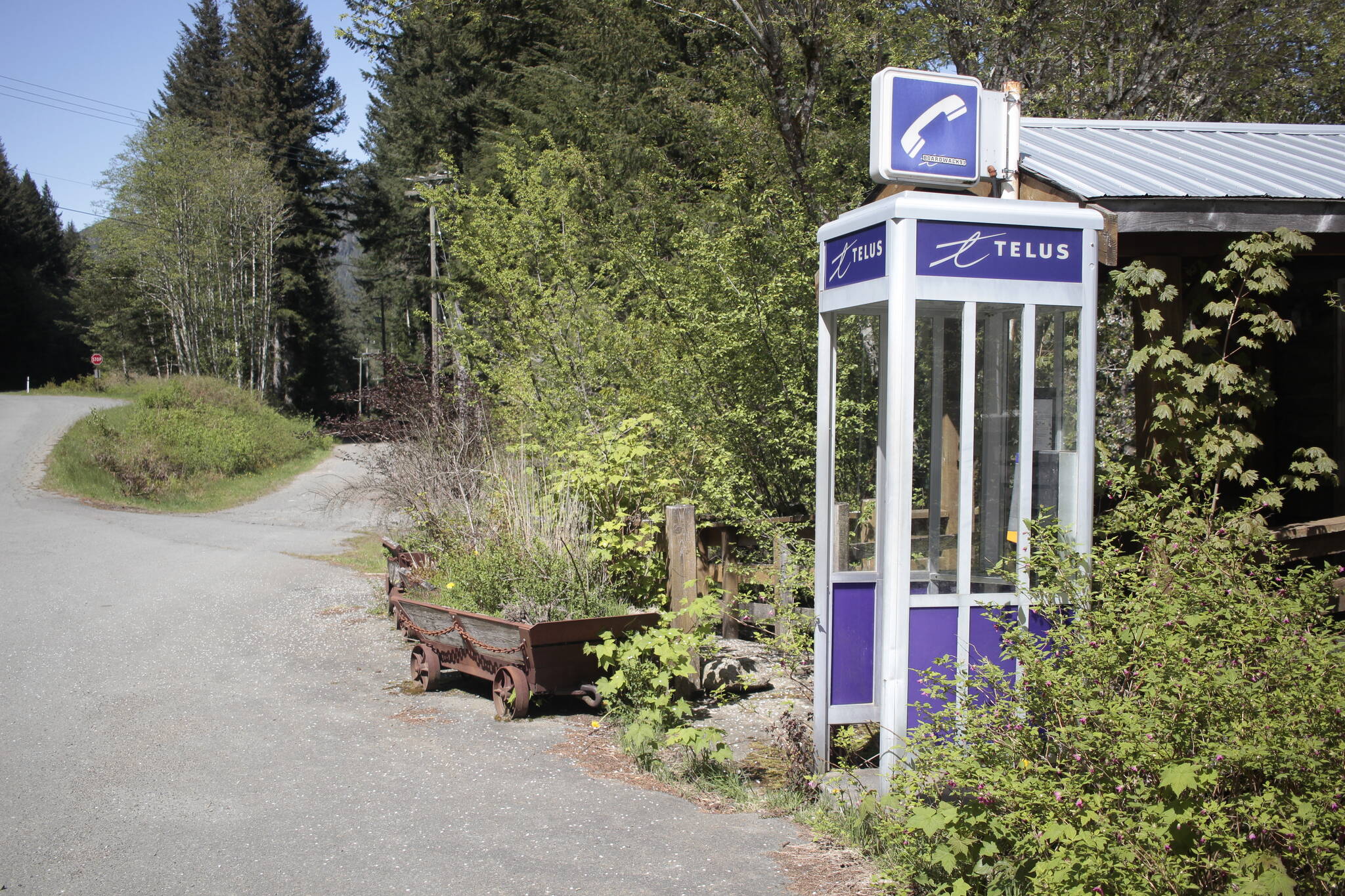The removal and replacement of payphones on Vancouver Island north of Campbell River has experts weighing in on potential improvements for safety on highways.
Residents of Sayward were concerned when they recently learned that two payphones located near the community were going to be removed by Telus this month. A statement from Telus said that the intention was to replace the phones with community phones capable of calling 911 and other emergency numbers. However, due to long stretches of road without cell service and only two phones near Sayward in service, some advocates are suggesting that more could be done.
Kristen White is a former Indigenous Vicitms Advocate and currently lives in Sayward. She said that the number of Indigenous people who have disappeared along the highway shows that more options are needed.
“There have been a number of people going missing, murdered, injured, and attacked along this highway,” White said. “Those phones have been a lifesaver for people to be able to call for help.”
White acknowledged that Telus and the province have been working towards establishing a wireless network in the area, but she said that there is an underlying assumption that most if not all people actually have cell phones when, in reality, many people who are at risk travelling along the highway do not.
“Telus does have a wonderful program where they give out cell phones to agencies for vulnerable people,” White said. “That’s all great … but if a person is unhoused, it’s very difficult to hang on to personal belongings, especially things like cell phones.
White said she was happy to hear that the phones would be replaced with community phones, but says that more connections should be added north of Sayward.
“We used to call them pay phones and let’s call them lifelines now,” she said. “There are none north of Sayward, and that, I would say, is easily the longest stretch. There are a lot of people up there in the northern region that travel back and forth on this highway, and don’t have vehicles … it’s still not enough. The plan of increasing cellular connectivity … I don’t think that’s a solution, it’s only part of it.”
In 2022, Parks Canada set up satelite emergency phones for a section of Highway 93 near the Alberta border due to a lack of cellphone coverage. The phones are all located within Kootenay National park.
In March 2023, the province announced they were increasing funding for telecommunications along highways, but last week Telus sent a statement saying “we remain committed to working with the government, the community, and other government agencies to explore options to bring wireless connectivity to this area, though at this time there are no concrete plans” for the area.
While the Strathcona Regional District does not have jurisdiction over Telus, a private corporation, protective services coordinator Shaun Koopman suggested that anyone travelling the highway regularly can take a free certification course to operate Ham Radios. The North Island trunk network covers the entire area between Campbell River and Port Hardy.
“For anyone travelling on that highway, getting your ham radio certification is where it’s at,” Koopman said.
“The whole area is covered by the Island trunk system, and it’s the most heavily monitored repeater system on Vancouver Island. You just press the button, ask someone for help and they’ll call 911.”
Koopman said that handheld radios are five watts and have a few more deadzones than larger versions, but the larger 25 watt stations can cost more. The SRD will be running a ham radio course in October, and more information will be available in the summer program guide.
READ ALSO: Last call looms for Highway 19’s Roberts Lake pay phone

